The history of the Philippines begins with the arrival of the first humans in these islands. The first inhabitants of this area were Negrito groups, who were later replaced by Austronesian peoples. In the 16th century, the Portuguese explorer Ferdinand Magellan arrived in the Philippines and the country became a Spanish colony. This period of Spanish colonialism lasted more than 300 years and had a deep impact on the culture and society of the Philippines. After the Spanish-American War in the late 19th century, the Philippines became an American colony and was occupied by Japan in World War II. Finally, the Philippines gained independence in 1946
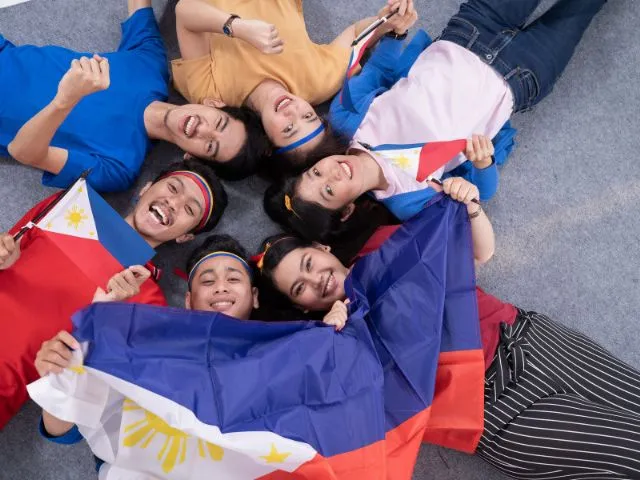
Philippine culture
Philippine culture is a blend of Asian, Spanish, and American influences. This country has more than 100 different ethnic groups, each of which has its own language, customs and traditions.
• Music and Dance: Philippine folk music and dances are very diverse and energetic. The tinikling dance, performed using bamboo, is one of the most famous traditional dances in the Philippines.
• Food: Filipino cuisine is also a mix of different influences. Dishes such as adobo (meat stew with soy sauce and vinegar) and singang (sour soup) are some of the most popular local dishes.
• Celebrations and Festivals: The Philippines is known for its colorful celebrations and festivals. The Sinulog Festival in Cebu and the Ati-Atihan Festival in Aklan are some of the biggest and most famous festivals in the Philippines.
Filipino Dishes
Filipino cuisine is a blend of various cultural influences, including Spanish, Chinese, Malaysian, and American. This combination has made Filipino food have unique flavors and aromas.
Famous Filipino dishes
1. Adobo: It is one of the most famous Filipino dishes prepared with chicken or pork and cooked in soy sauce, vinegar, garlic and spices.
2. Sinigang: A sour soup usually made with pork, shrimp, or fish and flavored with tamarind or other sour fruits.
3. Lumpia: a type of spring roll filled with minced meat and vegetables and fried.
4. Pancit: Fried noodles prepared with various meats and vegetables and usually served during celebrations.
5. Lechon: a whole pig that is grilled and is one of the popular dishes in celebrations and special events2.
Filipino desserts
1. Halo-Halo: A popular dessert made from a combination of crushed ice, milk, various fruits, sweet beans and jelly.
2. Leche Flan: a type of caramel cream that is very delicious and popular.
Cultural influences
Due to its long history of colonization and trade with different countries, Filipino cuisine has taken many influences from different cultures. The use of vinegar and soy sauce in many dishes shows Chinese influences, while the use of spices and Spanish cooking methods are also seen in many dishes.
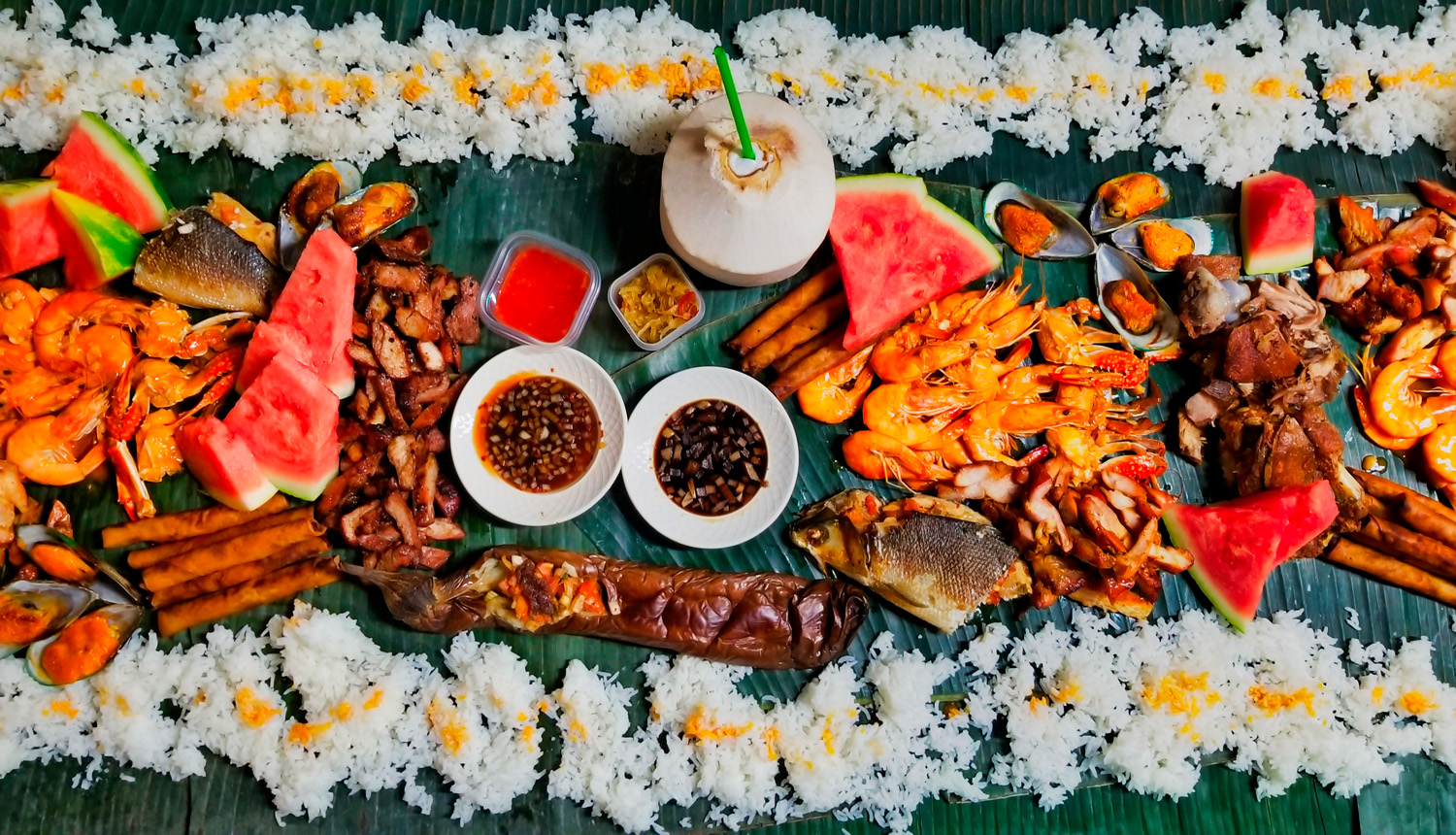
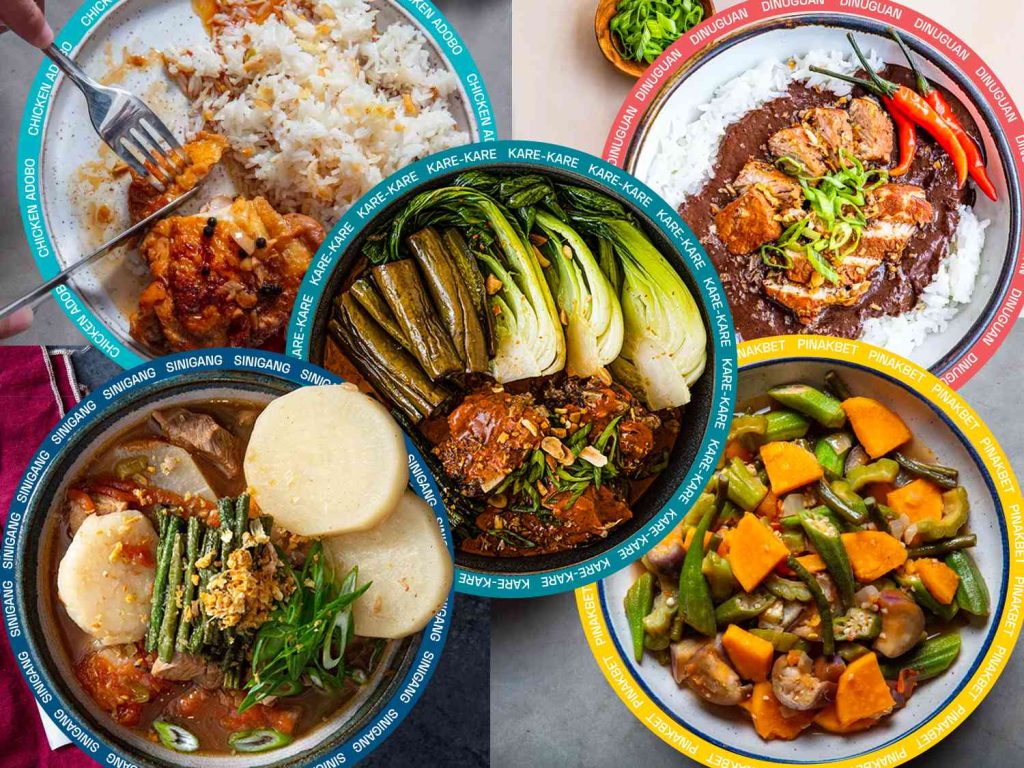
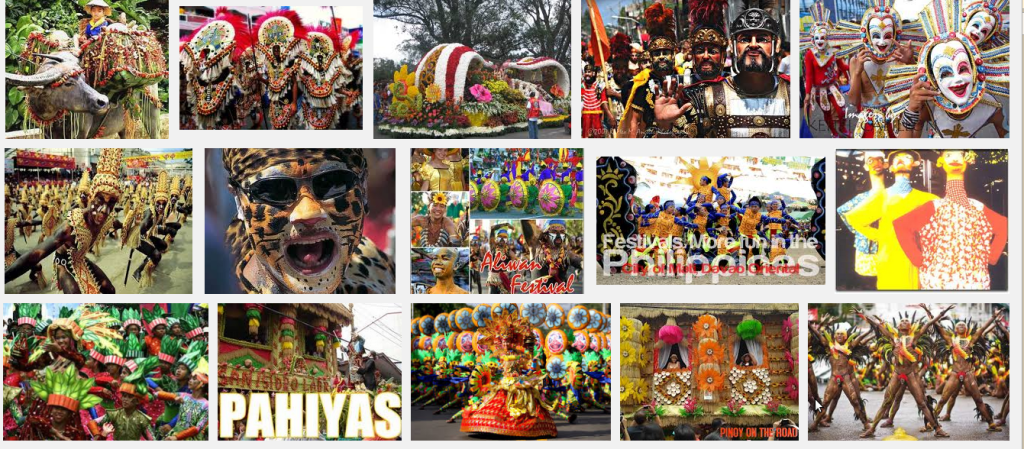
Celebrations and festivals of the Philippines
The Philippines is known for its vibrant and colorful celebrations and festivals. Here are some of the most famous celebrations:
1. Sinulog Festival: This festival is held in Cebu City in honor of Santo Niño (Child Jesus) and includes street dances with colorful costumes2.
2. Ati-Atihan Festival: This festival is held in Kalibo, Aklan and honors the Malay immigrants. Participants blacken their faces and dance in the streets in traditional Malay clothing.
3. Dinagyang Festival: This festival is held in Iloilo City and includes various cultural shows such as dance, song and drama.
4. Maskara Festival (MassKara): This festival is held in Bacolod City and is famous for its colorful masks and street dances1.
5. Kadayawan Festival: This festival is held in Davao City and honors the city's many cultures and cultural diversity2.
These celebrations are not only an occasion for joy and fun, but also a reflection of the rich history and culture of the Philippines.
